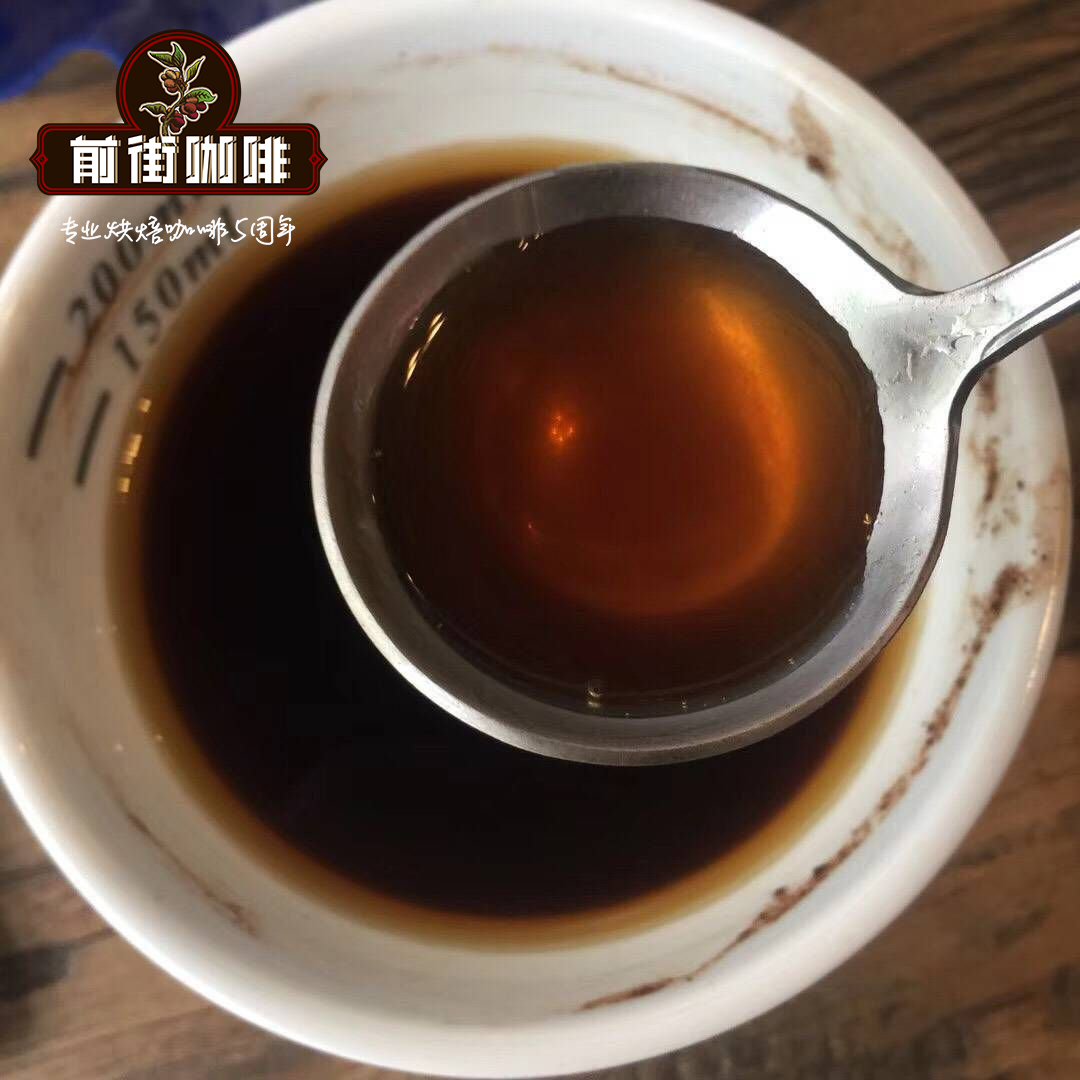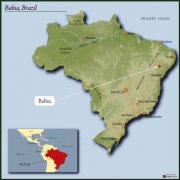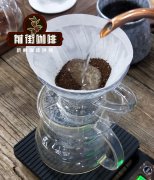Honduras Ecuador Small Farmer Coffee Quality How about St. Vincent washed Pacas Flavor Introduction

Producing area: Santa Barbara (Santa Barbara)
Producer: small farmers in Ecuador (Edgardo Tinoco)
Treatment site: St. Vincent's treatment Plant (Beneficio San Vicente)
Altitude: 1500m
Variety: Pacas (Pacas)
Treatment: washing
Grade: SHG
Honduras is located in Central America, mostly with high mountains and deep valleys, with excellent environment suitable for growing coffee trees, fertile soil, high altitude (planting areas are all more than 1100 meters), and unique microclimate. It is an indispensable natural condition for high-quality coffee.
There are about 280000 hectares of coffee plantations in Honduras, mainly small coffee farmers. Most of the small coffee plantations cover an area of less than 3.5 hectares, accounting for about 60% of the total coffee production in Honduras.
Honduras currently produces about 3 million bags a year, making it the second largest coffee exporter in Central America and the tenth largest coffee exporter in the world. There is no doubt that it is one of the emerging producing areas in the international coffee market, where coffee varieties are 100 per cent Arabica, of which 69 per cent are HG, 19 per cent are CS and 12 per cent are SHG, and the cultivated varieties are Typica,Bourbon,Caturra,Villa Sarchi and Lempira. The main planting areas are distributed in six major producing areas in the west and south: Santa Barbara (Santa Barbara), Periso (El Paraiso), Copan (Copan), La Paz (La Paz), Gongmayagua (Comayagua) and Olanqiu (Olancho). The average altitude of each planting area is more than 1100 meters above sea level.
St. Vincent is one of the most important farms in Honduras, presided over by Mr.Angel Arturo Paz, a well-known local agronomist, and cooperated with surrounding regional small farmers such as El Cielito, Las Flores and El Cedral to provide appropriate assistance in coffee planting knowledge, technology and other related fields and to purchase coffee fruits produced by small farmers every year during the harvest season, so as to guard each batch of raw beans with a rigorous and orderly processing process. Its refined coffee is amazing in the coffee market with its high sweetness and outstanding fruit-like flavour. St. Vincent's processing ground is always at the top of every Honduras Excellence Cup (COE.Cup Of Excellence) competition.
Important Notice :
前街咖啡 FrontStreet Coffee has moved to new addredd:
FrontStreet Coffee Address: 315,Donghua East Road,GuangZhou
Tel:020 38364473
- Prev

Coffee background of Shapada Diamantina region introduced in Bahia Coffee producing area of Brazil
Located in northeastern Brazil, Bahia is the northernmost coffee growing area in the country. It has a vast territory and dry winter land near the equator, which is conducive to the production of aromatic coffee. More and more intriguing coffees have been produced in recent years. The dry winter land near the equator is conducive to the production of aromatic coffee. This area has the highest GDP in the northeastern states of Brazil, and has an economy over the years.
- Next

An introduction to the background of small coffee producing areas in Brazil's Bahia Hilado and Bahia Plateau.
Bahia Cerrado da Bahia is famous for its large-scale, industrial and artificially irrigated coffee. In the late 1970s and early 1980s, it was part of a government-encouraged agricultural program that provided preferential credit and incentives that attracted about 600 farmers to move here. By 2006, there were 1.5 million males here.
Related
- Beginners will see the "Coffee pull flower" guide!
- What is the difference between ice blog purified milk and ordinary milk coffee?
- Why is the Philippines the largest producer of crops in Liberia?
- For coffee extraction, should the fine powder be retained?
- How does extracted espresso fill pressed powder? How much strength does it take to press the powder?
- How to make jasmine cold extract coffee? Is the jasmine + latte good?
- Will this little toy really make the coffee taste better? How does Lily Drip affect coffee extraction?
- Will the action of slapping the filter cup also affect coffee extraction?
- What's the difference between powder-to-water ratio and powder-to-liquid ratio?
- What is the Ethiopian local species? What does it have to do with Heirloom native species?

